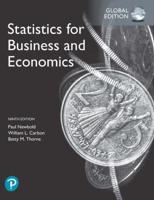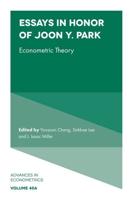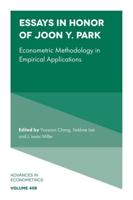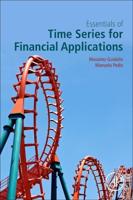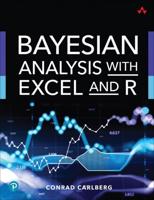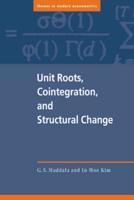Publisher's Synopsis
This unorthodox book derives and tests a simple theory of economic time series using several well-known empirical economic puzzles, from stock market bubbles to the failure of conventional economic theory, to explain low levels of inflation and unemployment in the US.
Professor Stanley develops a new econometric methodology which demonstrates the explanatory power of the behavioral inertia hypothesis and solves the pretest/specification dilemma. He then applies this to important measures of the world's economies including GDP, prices and consumer spending. The behavioral inertia hypothesis claims that inertia and randomness (or 'caprice') are the most important factors in representing and forecasting many economic time series. The development of this new model integrates well-known patterns in economic time series data with well-accepted ideas in contemporary philosophy of science.
Academic economists will find this book interesting as it presents a unified approach to economic time series, solves a number of important empirical puzzles and introduces a new econometric methodology. Business and financial analysts will also find it useful because it offers a simple, yet powerful, framework in which to study and predict financial market movements.




